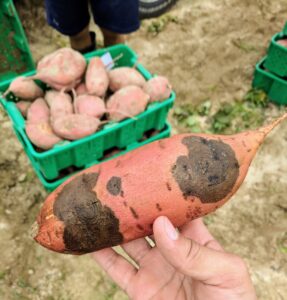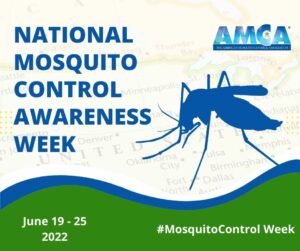
Pesticide Container Recycling Program
Pesticide Container Recycling Program Inspection Checklist Resource CONTAINER RINSING BEST …



El inglés es el idioma de control de esta página. En la medida en que haya algún conflicto entre la traducción al inglés y la traducción, el inglés prevalece.
Al hacer clic en el enlace de traducción se activa un servicio de traducción gratuito para convertir la página al español. Al igual que con cualquier traducción por Internet, la conversión no es sensible al contexto y puede que no traduzca el texto en su significado original. NC State Extension no garantiza la exactitud del texto traducido. Por favor, tenga en cuenta que algunas aplicaciones y/o servicios pueden no funcionar como se espera cuando se traducen.
Inglês é o idioma de controle desta página. Na medida que haja algum conflito entre o texto original em Inglês e a tradução, o Inglês prevalece.
Ao clicar no link de tradução, um serviço gratuito de tradução será ativado para converter a página para o Português. Como em qualquer tradução pela internet, a conversão não é sensivel ao contexto e pode não ocorrer a tradução para o significado orginal. O serviço de Extensão da Carolina do Norte (NC State Extension) não garante a exatidão do texto traduzido. Por favor, observe que algumas funções ou serviços podem não funcionar como esperado após a tradução.
English is the controlling language of this page. To the extent there is any conflict between the English text and the translation, English controls.
Clicking on the translation link activates a free translation service to convert the page to Spanish. As with any Internet translation, the conversion is not context-sensitive and may not translate the text to its original meaning. NC State Extension does not guarantee the accuracy of the translated text. Please note that some applications and/or services may not function as expected when translated.
Collapse ▲
Pesticide Container Recycling Program Inspection Checklist Resource CONTAINER RINSING BEST …

After planting, weeding, and watering through the spring and summer, some gardeners look forward to fall as a period …
The 74th Annual Crop Protection School will be held Thursday, December 1, 2022, online via Zoom. RSVP is required, …

The 74th Annual Crop Protection School will be held virtually on Thursday, December 1, 2022 using the Zoom platform. Please …

Join the USDA Risk Management Agency (RMA) for virtual workshops covering the ins and outs of the Whole Farm …

Now that we have officially wrapped up most of our brown patch and gray leaf spot trials in tall …

A new invasive insect has been spotted in North Carolina. In August 2022, the elm zigzag sawfly (Argidae: Aproceros leucopoda) …

The Bradford Pear Bounty is back! After a successful inaugural event in April, NC’s Bradford Pear Bounty is coming …

Late blight on tomato has been confirmed from a commercial tomato field in Haywood County, NC on August 17, …

Our next Backyard Flock Series will be about reportable diseases. Dr. Rebecca Mansell, Director of Poultry Health Programs for …

European pepper moth (Duponchelia fovealis) is a major, yet largely unrecognized, pest of nursery and greenhouse crops. This exotic …

Updates for Sweetpotato Producers in NC: EPA issues Section 3 label for Mertect (thiabendazole) in sweetpotatoes postharvest and EU …

Cucumber downy mildew (CDM) has been confirmed on cucumber plant samples from a homeowner garden in Haywood County, NC. …

The short answer: We do not anticipate that spotted lanternfly will be an issue for field crops The long answer: …

From June 19th through June 25th, the American Mosquito Control Association (AMCA) promoted “Mosquito Awareness Week”. The annual event …

Pesticide license categories often have overlapping areas of applicability, resulting in confusion over exactly which license category is required …

Thank you to everyone that participated in the “Hatch Butterflies” program when 4-H Embryology took a break due to …

This factsheet describes the biology of the giant strong-nosed stink bug, Alcaeorrhynchus grandis, and provides …

This manual prepares pesticide applicators for Forest Pest Control Certification exams in the following states: …

This manual provides guidance tailored for North Carolina's non-commercial pesticide applicators using fumigants in commodity …

This factsheet describes the small hive beetle, its life cycle and how to prevent infestations …


It is the goal of every beekeeper to maintain healthy, productive colonies. This can only …
To apply restricted-use pesticides to agricultural commodities, you must be certified or be supervised by …

This factsheet offers information on the biology and management of the emerald ash borer, an …